FERENC RÁKÓCZI II AND THE RÁKÓCZI MUSEUM IN RODOSTO, TURKEY
Interview with Mr Fadil Basar – Part 2
The late 17th century was a very interesting period in the history of Europe. There were several wars, the Enlightenment Movement was also very important in the west, not to mention the magnificent and impressive buildings of the baroque and rococo during the reign of Ludwig XIV in France. Meanwhile in Hungary, the Ottomans were continuously forced to give up their Hungarian territories.
Then Hungary was reunited as a whole under the reign of the Habsburgs. Therefore, our country and Transylvania became the part of the Habsburg Empire. However, many people in Hungary did not like the idea of being the part of it so they fought for independence. Some leaders were given financial support by the weakened Turkish Empire.
The most significant leader of the uprising against the Habsburgs was Ferenc Rákóczi II (1676-1735), who was one of the richest Hungarian noble men and the Prince of Transylvania (reigned from 1704 to 1711). He fought for the independence of the country but failed and had to leave Hungary. Not only was he important to the Hungarians but he was well-received in Turkey as well and treated as a national hero.
A Hungarian national hero, Ferenc Rákóczi II (1676-1735) by Ádám Mányoki
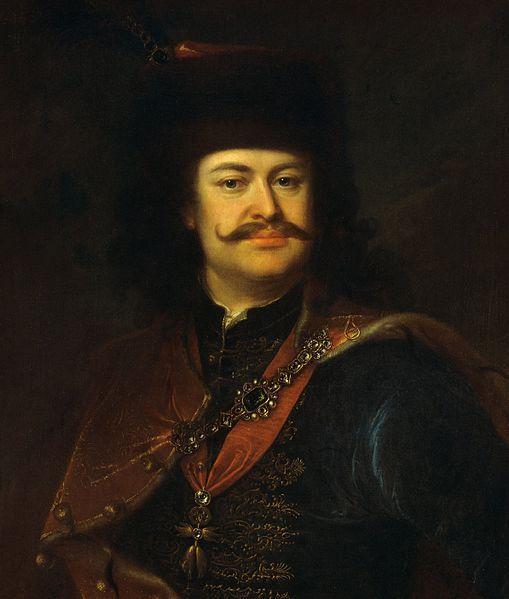
After the defeat of the Rákóczi Uprising, the Prince and his companions were first taken into by the Polish then the French. In France, they could not stay due to political reasons and finally fled to Turkey in 1717, where Rákóczi and his fellow exiles were very much welcome.
The Prince died on 8th April 1735 in Rodosto. His body was buried in a church of Istanbul (Constantinople) beside his mother, Ilona Zrínyi. His heart was sent to a French town, Grosbois, where he had loved to stay (before he fled to Turkey) but it disappeared later, during the French Revolution.
Count István Tisza, the Prime Minister of the Hungarian Kingdom during the Austro-Hungarian Monarchy from 3rd November 1903 to 18th June 1905 applied for the permission of Emperor Franz Joseph I so as the remains of Ferenc Rákóczi II could be taken to Hungary and reburied. The Emperor’s permission was needed since Rákóczi was the leader of the Upraise against the Habsburgs. Finally, on 29th October 1906, his remains were moved to the St. Elisabeth Cathedral in Kassa, in the new bbuilt Rákóczi crypt, he was placed next to his mother Ilona Zrínyi and his son, József Rákóczi. Kassa belonged to Hungary that time, however, after the Word War I the Hungarians lost several territories and today it belongs to Slovakia (the Slovak name of the city is Košice).
Mr Fadil Basar - the delegate of the second largest Association of the Turkish Businessmen
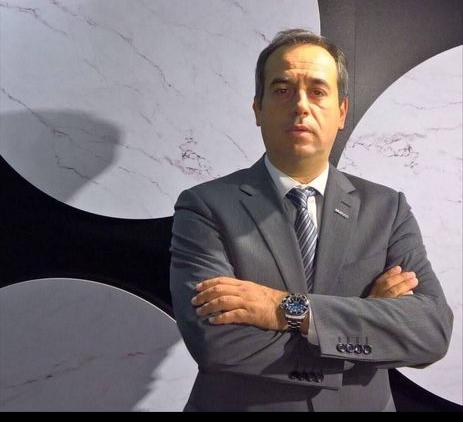
On the Hungarian literature lessons children read the letter collection of Kelemen Mikes, the faithful chamberlain fellow exile of Ferenc Rákóczi II then discuss these fictive (never sent) letters of Mikes, the “Hungarian Goethe”. We tend to feel sorry for Rákóczi and his fellow exiles because they could not return to our country. However, it could also be discussed from a different point of view. If Rákóczi had stayed in Hungary, he would have been executed by the Habsburgs. The Turkish treated him and his companions as heroes and the Prince could have his own “court” on the Turkish seaside.
I, Barbara Káli-Rozmis as the editor-in-chief of TUMAG Magazine, was interviewing Mr Fadil Basar in a stunningly beautiful room of the building of Yunus Emre Institute (Turkish Cultural Institute). Two members of the group of TUMAG – The Magazine for Conscious People - also attended the meeting, namely Valéria Barcsik, a famous Hungarian musician and composer and Zsuzsanna Árpádföldi, another bestseller writer of TUMAG.
Valéria Barcsik, Barbara Káli-Rozmis and Mr Fadil Basar


The first part of the interview can be read here:
A Turkish Orient in Hungary: - Things you have not known about the Turkish-Hungarian relationship
How was Rákóczi and his fellow exiles treated by the Turkish people?
The period of the 150-year Ottoman occupation in Hungary also left a deep impression on us. Then and now we think of the Hungarians as a sister nation. After Ferenc Rákóczi II and his fellows arrived in Turkey, we regarded them as national heroes. Just like in the case of other great Hungarians, Imre Thököly and Lajos Kossuth, we refused to hand them over to the Habsburgs.
The relationship between the Hungarian and the Turkish was mainly a trade and an economic one this time and later on. The fire station of Istanbul was founded by a Hungarian, Count Ödön Széchényi. Today there is a cultural program there. It might not be known by many that during the conquest of Istanbul, one of the military leaders of Sultan Fatih was a Hungarian man, Muszta Orbán.
When Hungarians asked us to allow them to take the remains of Rákóczi to Hungary, we gladly fulfilled their request. Rákóczi was buried in Kassa, however, unfortunately, the city belongs to Slovakia now, that is, he is still outside the Hungarian border.
Turkish-Hungarian Interactive Rákóczi Museum in Tekirdağ (Rodosto)
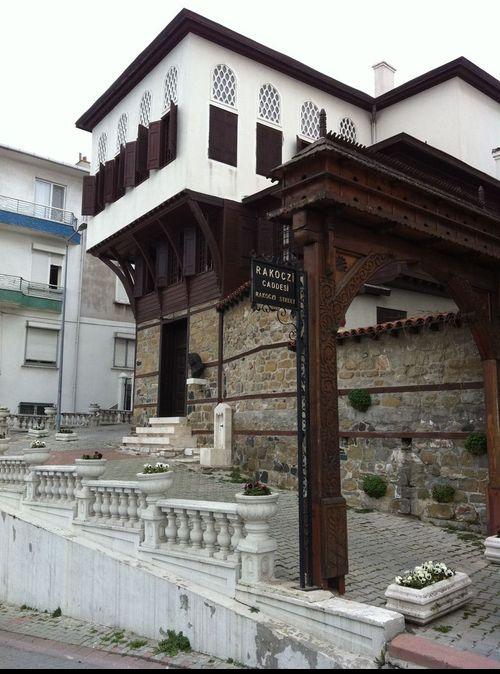
What should Hungarian tourists visit in Turkey?
It depends on the purpose of their journey. If they wish to stay on the sunny part of our country, their destination could be Antalya. But if they want to visit a Hungarian-Turkish landmark, they must go to Rodosto. The dining palace of Rákóczi is a Turkish-Hungarian interactive museum today. I would like to express my gratitude to the Hungarians, who helped us furnish the building with the objects and furniture used in Rákóczi’s time so as it could be authentic.
If we are in Rodosto what shall we see next? We are also ready to visit places which do not have any Hungarian connexions.
What one should definitely see is Gallipoli, which is located about 200 km far from Rodosto. This is the place where 500 thousand people lost their lives during half a year’s time. Here one could see the replica of the Trojan wooden horse, which you can also visit inside. According to the legend, King Agamemnon had it made on Tenedos Island. His solders were hidden behind the island while the wooden horse was left on the seaside. Troy is one of the first town of the civilized world. I would like to mention the Anatolia Attase Dance Group, who - with its one hundred members - made a show about the story of the Trojan wooden horse.
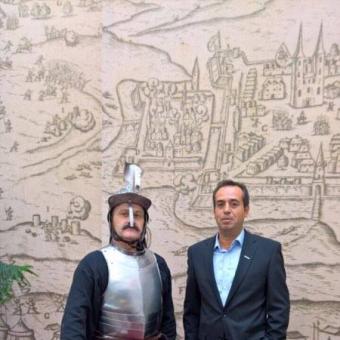



What similarities and differences could you mention between the Hungarian and Turkish cuisines?
Coffee was brought to Europe by the Ottomans, however, it has been the Turkish tea which is well-known and consumed in Hungary for about 10 years. When my wife became a Muslim, our kitchen and home started to become a Turkish one. We follow the Turkish customs. My wife cooks very well, she prepares Turkish dishes better than my mother, even according to my mother.
What kind of Hungarian dishes do you like?
I am fond of Goulash soup and stuffed cabbage. In connection with the latter one, I would like to note that there are a lot of stuffed food in the Turkish cuisine too.
If we would like to make Turkish dishes at home what kind of Turkish food should we buy? And where can they be purchased?
A well-known dessert is baklava, which consists of sugar, butter, nut and of course, strudel pastry sheets. It is time-consuming to prepare the sheets at home that is why I advise you to buy them. In Budapest, one can purchase strudel pastry sheets in Baross Street 109 and in Népszínház Street, where there are Turkish shops.
Are there any special customs tourists should prepare for before their visit to Turkey?
There are no special customs, expect one: Before a woman enters the mosque, she has to put on a scarf.
What kind of souvenirs shall we buy in Turkey?
You can choose from a great variety of objects. Scarves, silk and gold are very famous. In the 1990s, gold and leather jackets were very popular. Anyway, whatever you purchase, you should not forget that you must bargain wherever you are.
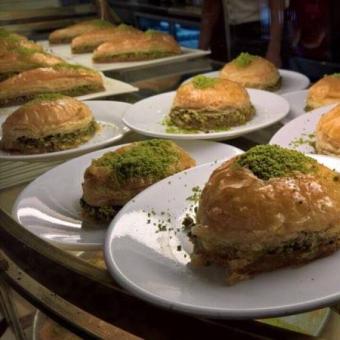


Comparing to the Hungarian prices what are more expensive and what are cheaper in Turkey?
There are no many differences between the prices but textile products are much cheaper there. Two cuisines live next to each other: the kitchen of the local people is cheaper and quite similar to the kitchen of a Turkish home while the traditional restaurants are more expensive just like the Hungarian ones in Hungary.
When should we travel to Turkey?
In Turkey, the climate varies between +40 and -40 Celsius degree throughout the year. In winter, the weather of Istanbul is quite similar to that of Budapest, it is only 2 degrees warmer in Istanbul. Budapest is about 1300 km far from Istanbul. Take my advice and travel there by plane since it is faster and more comfortable than by bus or car. A Hungarian must know that there are many traffic jams and the public means of transport are crowded in Istanbul.
Finally, I would like to note that the Hungarian and the Turkish nations are so close to each other in their hearts. The yearly trade turnover between the two countries is only two and a half billion, which is definitely not much. I hope it will change in the future.
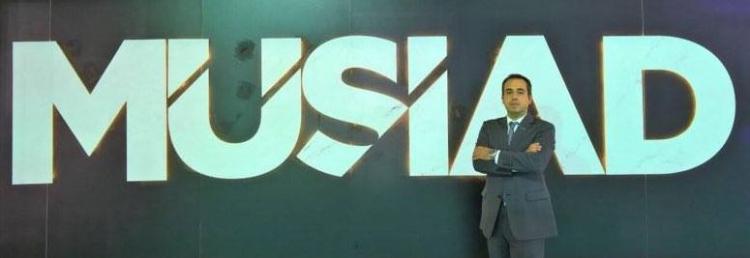
The first part of the interview can be read here:
A Turkish Orient in Hungary: - Things you have not known about the Turkish-Hungarian relationship
Read the interview in Hungarian: I. RÁKÓCZI FERENC ÉS A RODOSTÓI EMLÉKMÚZEUM - Interjú Basar Fadil úrral II. rész



